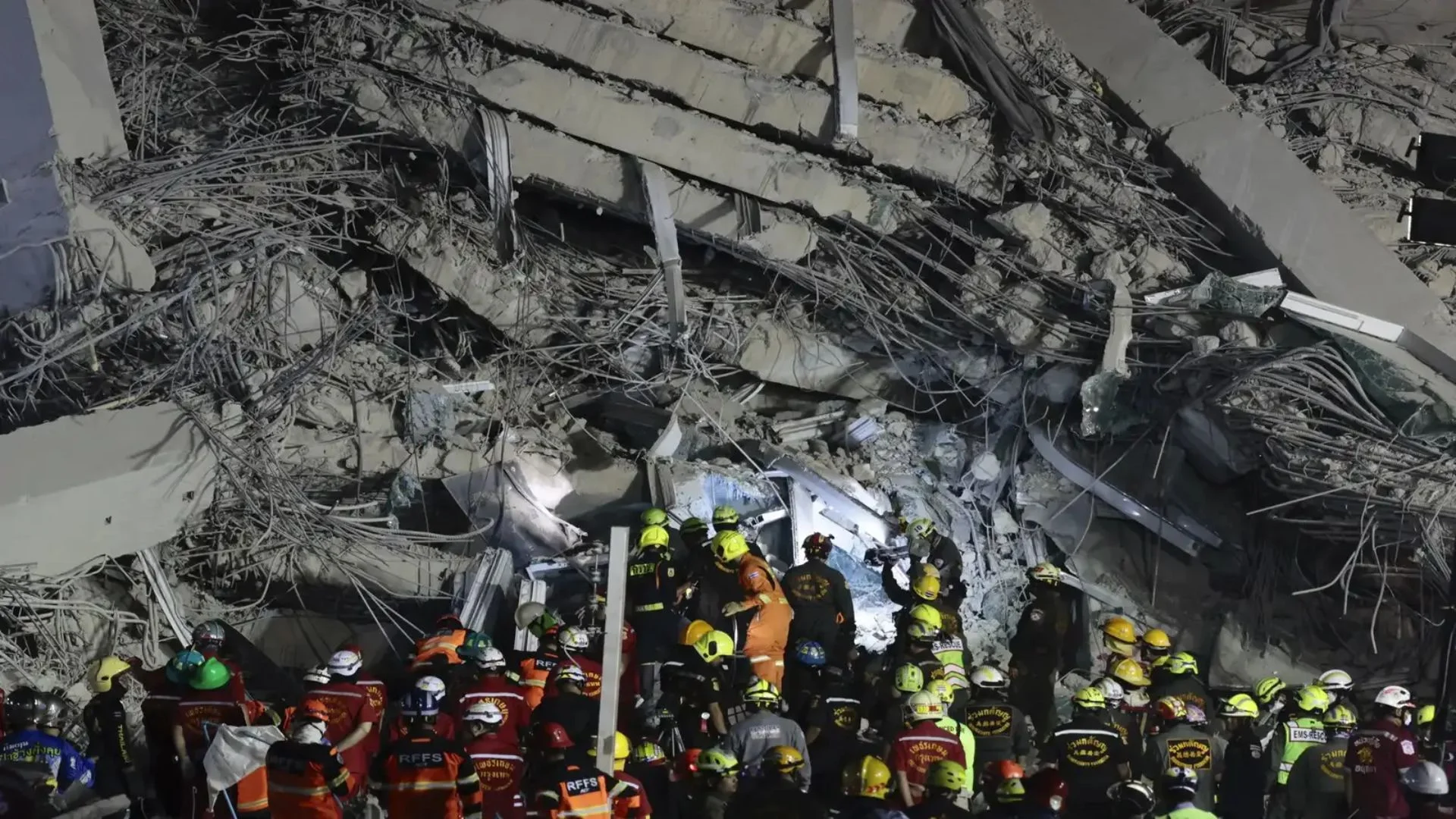Myanmar was hit with several aftershocks on Saturday, a day following a destructive 7.7-magnitude earthquake that left more than 1,000 people dead. The United States Geological Survey (USGS) detected a 5.1-magnitude earthquake close to the capital city of Naypyidaw at 2:50 PM IST, while India’s National Centre for Seismology (NCS) recorded it at 4.7 magnitude. Both centers confirmed the quake had a depth of 10 kilometers.
Myanmar has been struck by at least three small earthquakes on March 29, with magnitudes of 3.6 to 4.7, according to the NCS. But it is not yet known if the new quakes have resulted in further damage.
The earthquakes and aftershocks have made recovery efforts even more difficult. Large sections of Naypyidaw are still without electricity, telephone, and internet connections as officials try to repair communication lines and roads.
The death toll stands at a minimum of 1,644, with Mandalay Myanmar’s second largest city and residence of 1.5 million people being the most devastated region. The government led by the military warned that the toll may increase higher as rescue operations are underway. Authorities have informed that specific casualty numbers are being tabulated. The USGS has approximated that fatalities can be up to 10,000.
Concurrently, the quake’s effects didn’t stop on Myanmar’s territories. In Thailand, the shakes caused a half-built 33-story skyscraper in Bangkok to collapse, burying at least nine people dead. Rescue attempts on the premises are on the second day as 47 others, most of them Myanmar nationals, remain under the debris trapped.
Thai authorities described earthquake damage to houses, hospitals, and monasteries, especially in provinces in the north such as Chiang Mai. Deaths, however, have thus far been confirmed only in the capital city, Bangkok.








